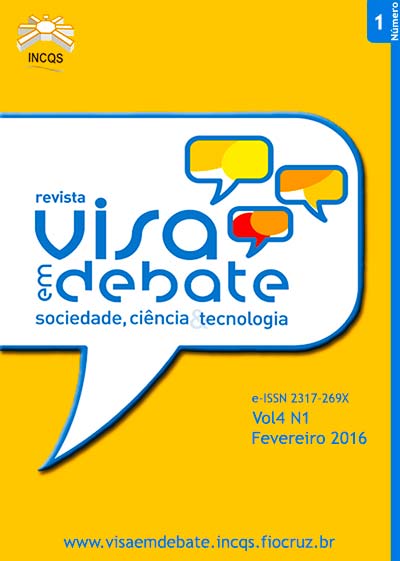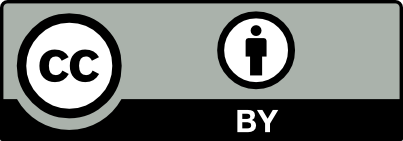Lipid and polyunsaturated fatty acid contents in infant formulas in reference to the Codex Alimentarius
DOI:
https://doi.org/10.3395/2317-269x.00583Keywords:
Legislation, Polyunsaturated Fatty Acid, Infant Formula, Codex AlimentariusAbstract
Codex Alimentarius stan-72 (2011) discriminate the adequate values of fatty acids and lipids for infant formula. Total lipids and polyunsaturated fatty acids were quantified in fourteen infant formulas samples and compared the results with the recommended values. Extraction and quantification of lipids followed Roese Gottielb method. Analysis of fatty acid, methylated by Hartman and Lago procedure, was carried out through gas chromatography was performed with the use of internal standard 23:0. In the analyzed samples, at least one parameter was in disagreement with Codex Alimentarius.
Downloads
Downloads
Published
Issue
Section
License
Copyright (c) 2016 Health Surveillance under Debate: Society, Science & Technology (Vigilância Sanitária em Debate: Sociedade, Ciência & Tecnología) – “Visa em Debate”

This work is licensed under a Creative Commons Attribution-NonCommercial-NoDerivatives 4.0 International License.
COPYRIGHT ALLOWANCE The author (s) hereinafter designated as the ASSIGNOR hereby assign and transfer, free of charge, the ownership of the copyrights related to this ARTICLE to the Vigilância Sanitária em Debate: Sociedade, Ciência & Tecnologia (Health Surveillance under Debate: Society, Science & Technology) – Visa em Debate, represented by FUNDAÇÃO OSWALDO CRUZ, established at Av. Brasil, nº 4365, Manguinhos, Rio de Janeiro, RJ, Brazil, CEP 21045-900, under the conditions set out below: (a) The terms and conditions set forth in this Agreement shall apply to the following: 1. The ASSIGNOR declares that they s(he) is (are) the author (s) and owner (s) of the copyrighted property of the ARTICLE submitted. 2. The ASSIGNOR declares that the ARTICLE does not infringe the copyrights and / or other property rights of third parties, that the disclosure of images (if any) has been authorized and that they s(he) assume(s) full moral and / or property liability for its content, before third parties. 3. THE ASSIGNOR assigns and transfers all copyrights relating to the ARTICLE to the ASSIGNEE, especially the rights of editing, publication, translation into another language and reproduction by any process or technique. The ASSIGNEE becomes the exclusive owner of the rights related to the ARTICLE, and any reproduction, totally or partially, is prohibited in any other means of publicity, printed or electronic, without prior written authorization from the ASSIGNEE. 4. The assignment is free and, therefore, there will be no remuneration for the use of the ARTICLE by the ASSIGNEE.







